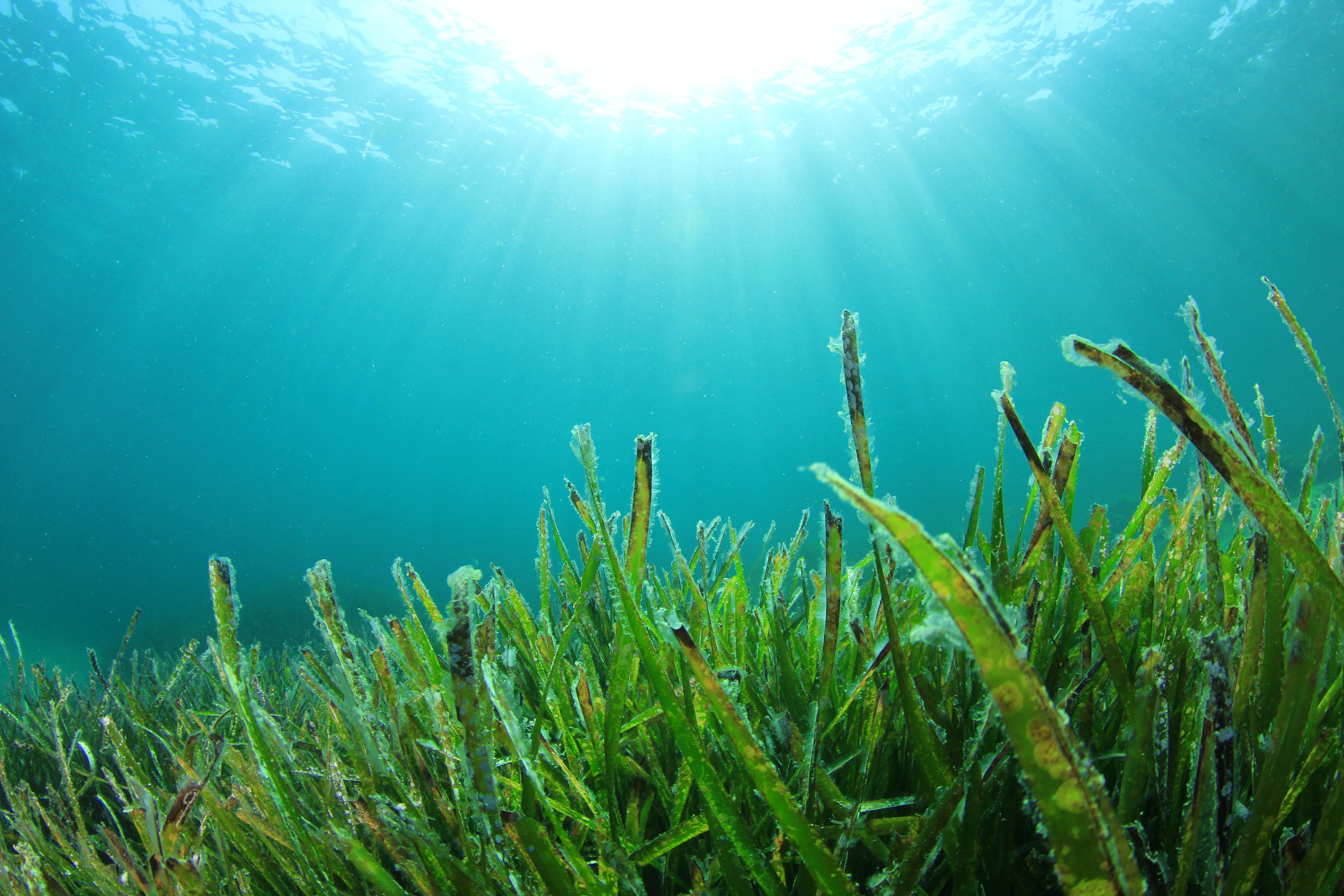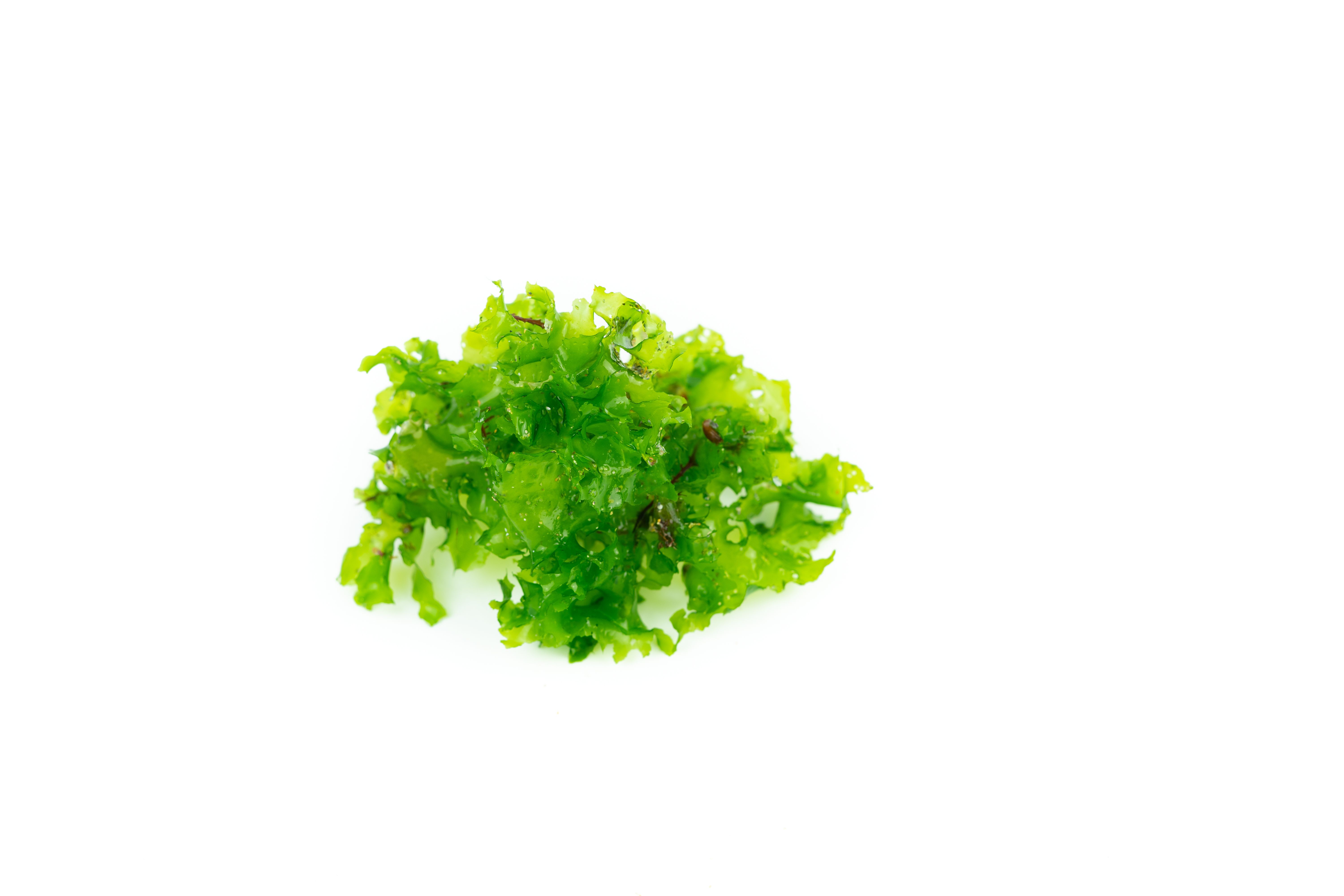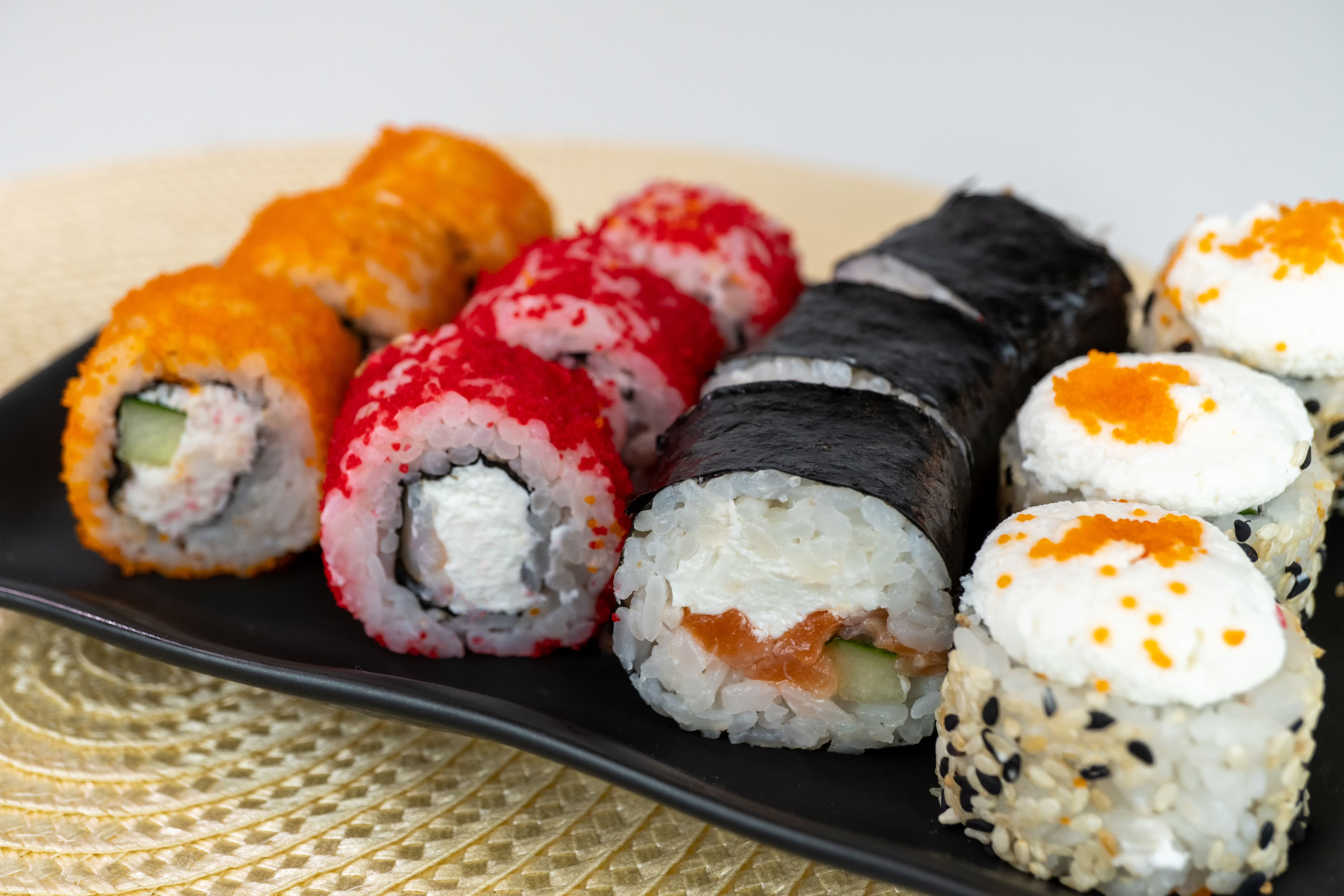Exploring Edible Varieties of Ulva and Porphyra
Discovering the World of Edible Seaweeds
As the world turns towards sustainable and nutritious food sources, seaweeds are gaining popularity for their unique flavors and health benefits. Among the vast array of edible seaweeds, Ulva and Porphyra stand out due to their culinary versatility and nutritional value. These oceanic greens are not only delicious but also packed with vitamins and minerals that can enhance any diet.

Ulva, commonly known as sea lettuce, is characterized by its vibrant green color and delicate texture. This seaweed grows in thin sheets and is often found in shallow, coastal waters. On the other hand, Porphyra, known as nori in Japanese cuisine, is used widely in sushi rolls and is recognized for its deep red to purplish hue. Both seaweeds have distinct characteristics that make them valuable in various culinary applications.
Nutritional Benefits of Ulva and Porphyra
One of the most appealing aspects of Ulva and Porphyra is their impressive nutritional profile. Ulva is rich in vitamins A, C, and K, providing essential nutrients for maintaining healthy vision, skin, and bones. Additionally, it contains significant amounts of calcium and iron, making it an excellent choice for those looking to boost their mineral intake.
Porphyra is equally impressive when it comes to nutrition. It is a rich source of protein, containing all essential amino acids needed for human health. Furthermore, it is abundant in iodine, which supports thyroid function and metabolism. The high levels of antioxidants found in Porphyra can also help combat oxidative stress in the body.
Culinary Uses of Ulva
Ulva's mild flavor and soft texture make it a versatile ingredient in many dishes. It can be used fresh in salads or added to soups for a nutrient boost. When dried, Ulva can be crumbled and sprinkled over dishes as a seasoning or used to make a flavorful broth.

Chefs around the world are experimenting with Ulva to create innovative dishes. Its subtle taste pairs well with seafood, enhancing the natural flavors without overpowering them. Additionally, its bright green color adds an appealing visual element to any meal.
Culinary Uses of Porphyra
Porphyra's robust flavor makes it a staple in Japanese cuisine. Most commonly known as nori, it is used to wrap sushi rolls, providing a savory taste and crispy texture. Beyond sushi, nori can be toasted and enjoyed as a snack or ground into a powder to be used as a seasoning.
The versatility of Porphyra extends to numerous international dishes. It can be incorporated into soups, stir-fries, or even baked goods for an umami-rich addition. Whether used whole or in powdered form, Porphyra brings a depth of flavor that enhances any recipe.
Sustainability and Harvesting Practices
Both Ulva and Porphyra are cultivated sustainably in many parts of the world. Seaweed farming requires minimal resources compared to traditional agriculture. It does not need fertilizers or freshwater, making it an environmentally friendly choice.
Harvesting these seaweeds involves careful techniques to ensure their regrowth and minimize environmental impact. This not only supports the health of marine ecosystems but also provides a renewable source of nutrition for future generations.
Incorporating Seaweeds into Your Diet
Adding Ulva and Porphyra to your diet is easier than you might think. They can be found in health food stores or Asian markets in various forms—fresh, dried, or powdered. Whether you're trying a new recipe or enhancing your favorite dishes, these seaweeds offer endless possibilities.

Embracing the flavors and benefits of Ulva and Porphyra can transform your culinary experiences while contributing to a healthier lifestyle. As you explore these edible varieties, you'll discover not only new tastes but also a connection to the ocean's abundant resources.
